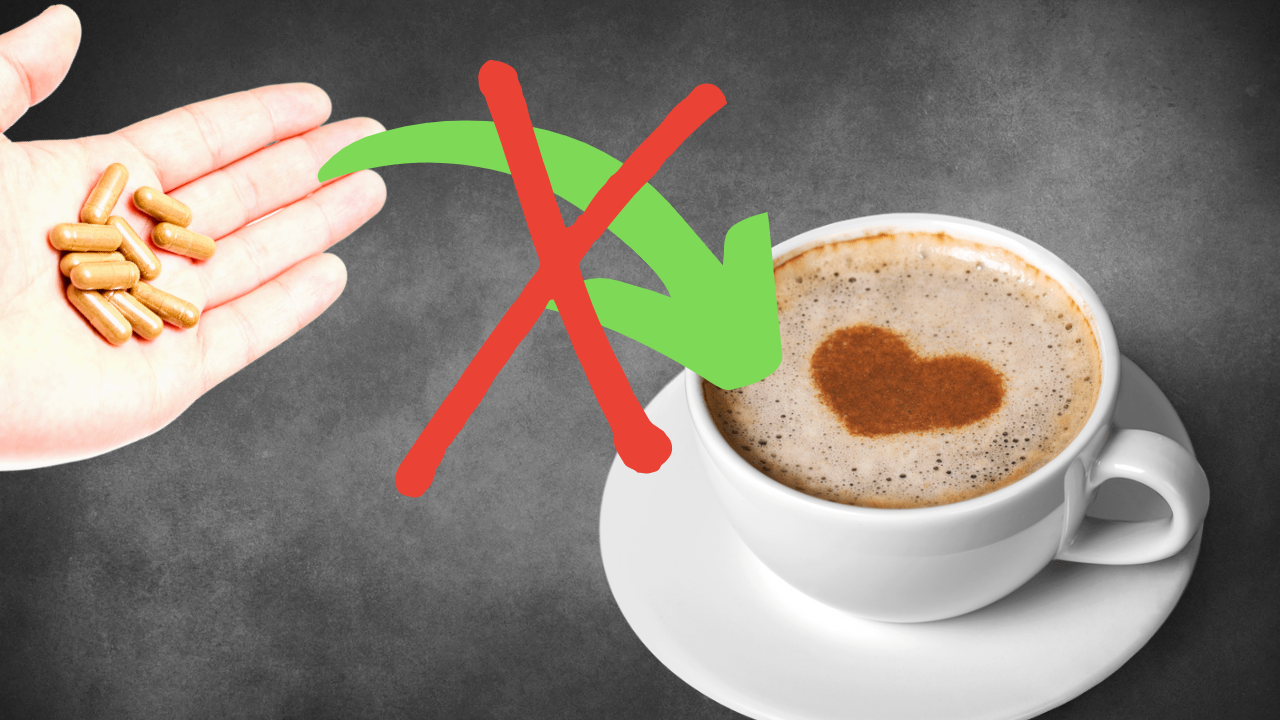What is doxycycline?
Doxycycline belongs to a family of antibiotics called tetracyclines. Doxycycline stop bacteria from growing by interfering with their protein making process making it difficult for them to multiply and cause infections.

What is doxycycline used for?
Doxycycline is used to treat a variety of different infections caused by bacteria:
Doxycycline can be used to treat acne, sexually transmitted diseases such as uncomplicated chlamydial infections, Lyme disease, endocarditis prophylaxis before invasive dental procedures community acquired pneumonia as well as skin and soft tissue infections. These are the most common reasons doxycycline is used but there are other reasons it can be used for and I’ve listed them right here:
- anthrax, Cholera treatment, Q fever, tularemia brucellosis, tick borne rickettsial disease.
Doxycycline is available in several different formulations, and the choice of formulation depends on the specific medical condition being treated and individual patient factors.
Here are some common formulations of doxycycline and their differences:
Doxycycline Hyclate:
Characteristics: This is a salt form of doxycycline.
Usage: It is often used for a wide range of bacterial infections.
Administration: Can be taken with or without food. Availability: Available in oral capsules and tablets.
Doxycycline Monohydrate:
Characteristics: Contains a water molecule in its structure.
Usage: Similar to doxycycline hyclate, it is used for various bacterial infections.
Administration: Can be taken with or without food. Availability: Available in oral capsules and tablets.
Doxycycline Calcium:
Characteristics: It is a salt form that includes a calcium molecule.
Usage: Used for certain infections, similar to other doxycycline formulations.
Administration: Can be taken with or without food. Availability: Available in oral capsules and tablets.
Doxycycline for Injection:
Characteristics: Formulated for intravenous (IV) use.
Usage: Used for more severe infections or when oral administration is not feasible.
Administration: Given by a healthcare professional through an IV.
Availability: Typically used in hospital settings.
Doxycycline Delayed-Release (Doryx):
Characteristics: Designed to release the medication over an extended period.
Usage: Used for conditions like acne and certain infections.
Administration:Usually taken with food to improve absorption.
Availability: Available in delayed-release oral tablets.

What is the dosage of Doxycycline?
The dosage of doxycycline can vary depending on the specific condition being treated, the severity of the infection, and other factors. It’s important to follow the prescription provided by your healthcare provider or pharmacist. The information provided here is general, and individual dosages may differ.
For bacterial Infections: The typical starting dose for adults is often 100 mg twice daily or 200 mg once daily. For more severe infections, higher doses may be prescribed initially. The duration of treatment can vary but is often 7 to 14 days.
For Acne: The typical dose for acne treatment is often lower, such as 50 mg to 100 mg once or twice daily. Acne treatment with doxycycline may last for several weeks to months.
For Malaria Prophylaxis: The dose for malaria prevention is usually 100 mg once daily. It’s often started a day or two before entering a malaria-endemic area and continued for 4 weeks after leaving.
What a significant side effects you should be aware of?
Doxycycline, like any medication, can have side effects. It’s important to note that not everyone will experience these side effects, and their severity can vary. Some individuals might only have mild side effects others moderate or quite severe and some might not even have any side effects at all. Talk to your healthcare provider if you’re experiencing any of the following:
Common side effects of doxycycline include:

Gastrointestinal Issues: Doxycycline can irritate the gastrointestinal tract, leading to symptoms such as nausea, vomiting, diarrhea, or abdominal pain. Taking the medication with food or a glass of milk may help reduce these effects.
Photosensitivity: Some people may become more sensitive to sunlight while taking doxycycline. This can result in an increased risk of sunburn, so it’s advisable to use sunscreen and take other precautions when exposed to sunlight.
Esophageal Irritation: Doxycycline should be taken with a full glass of water, and patients are usually advised to remain upright for a short period afterward to reduce the risk of esophageal irritation.
Yeast Infections: Use of antibiotics, including doxycycline, can sometimes lead to overgrowth of yeast (Candida), causing infections such as oral or vaginal thrush.
Dizziness or Headache: Some individuals may experience dizziness or headaches while taking doxycycline.
Allergic Reactions: Though rare, some people may be allergic to doxycycline, leading to symptoms such as rash, itching, swelling, severe dizziness, or difficulty breathing. Seek medical attention immediately if you suspect an allergic reaction.

Gastrointestinal Effects: In some cases, more severe gastrointestinal effects such as inflammation of the pancreas (pancreatitis) or liver damage may occur, although these are uncommon.
Dental Discoloration:
- Tetracycline Staining: Tetracycline antibiotics, including doxycycline, can cause permanent discoloration of developing teeth in children under the age of 8 and in pregnant women. This effect is primarily observed with long-term use of tetracycline antibiotics during tooth development.
- Yellow or Gray Staining: Tetracycline-class antibiotics can lead to yellow or grayish discoloration of teeth, and this effect may be more noticeable in areas with active tooth growth.
Bone Suppression: Inhibition of Bone Growth in Children: Tetracycline antibiotics, when used for prolonged periods in children whose bones are still developing, have been associated with potential inhibition of bone growth.
Use in Children: Due to these concerns, tetracycline antibiotics are generally avoided in children under the age of 8, unless there is a compelling reason and alternative treatments are not suitable.
How long does it take for doxycycline to work?
The time it takes for doxycycline to work can vary depending on the type and severity of the infection. Generally, people may start to feel better within a few days of starting the medication. However, it’s crucial to complete the full prescribed course of doxycycline, even if symptoms improve earlier, to ensure complete eradication of the infection and prevent the development of antibiotic resistance. If there’s uncertainty or if symptoms persist, it’s advisable to consult a healthcare professional for guidance.
How long does it take for doxycycline to work for acne?

Improvement in acne with doxycycline can typically be seen after a few weeks of consistent use, but the full benefit may take several months. It’s common for healthcare providers to prescribe doxycycline for a duration of 12 weeks or more for the treatment of acne. It’s important to note that the response todairy doxycycline can vary from person to person, and individual factors such as the severity of acne and overall health can influence how quickly someone experiences improvement. Additionally, acne treatment often involves a combination of medications and a good skincare routine.
What foods to avoid while taking Doxycycline?

Dairy Products: Calcium-rich foods and dairy products can interfere with the absorption of doxycycline. Avoid taking the medication with milk, yogurt, cheese, or other dairy products. It’s advisable to take doxycycline at least 2 hours before or after consuming dairy.
What supplements to avoid while on Doxycycline?
Iron Supplements and Multivitamins: Doxycycline can also bind to minerals like iron and reduce their absorption. If you need to take iron supplements or multivitamins containing minerals, it’s recommended to do so at least 2 hours before or after taking doxycycline.
Also substances like antacids and supplements containing aluminum, calcium, or magnesium can interfere with doxycycline absorption. If you need to take antacids, it’s best to separate their use from doxycycline by at least 2 hours.
Can I take doxycycline while I’m lying down?
Doxycycline has the potential to cause irritation to the esophagus, the tube that connects your mouth to your stomach. To minimize this risk, it’s often recommended to take doxycycline with a full glass of water and remain in an upright position for at least 30 minutes after taking the medication. This helps ensure that the pill reaches the stomach and doesn’t get lodged in the esophagus. It is advisable to avoid lying down immediately after taking the medication to reduce the risk of irritation to the esophagus. Waiting for at least 30 minutes before lying down may be a good practice.
Can Doxycycline cause high pressure in the brain?
Increased intracranial pressure (ICP) is a rare but potentially serious side effect associated with the use of tetracycline antibiotics, including doxycycline. It can manifest as symptoms such as severe headaches, blurred vision, and, in extreme cases, papilledema (swelling of the optic disc in the eye). This condition is known as pseudotumor cerebri or idiopathic intracranial hypertension.
The risk factors for developing pseudotumor cerebri are not entirely clear, but it seems to be more prevalent in females, usually childbearing age and individuals who are overweight.
While the occurrence of increased intracranial pressure with doxycycline is uncommon, it’s essential to be aware of the potential risks. If you experience severe headaches, changes in vision, or other neurological symptoms while taking doxycycline, it’s crucial to seek immediate medical attention.
Why can’t I have caffeine with doxycycline?

Doxycycline may cause esophageal irritation, and consuming acidic beverages like coffee may exacerbate this. To ensure the effectiveness of the medication, it’s advisable to separate the consumption of caffeinated beverages from the time of taking doxycycline. Examples of acidic drinks are orange juice, apple juice.
If you’re interested in seeing the entire YT video click right here.
Sources:






